15 Hardest Video Game Puzzles Ever
Longing for a real challenge? Here are the most difficult puzzles in video game history.
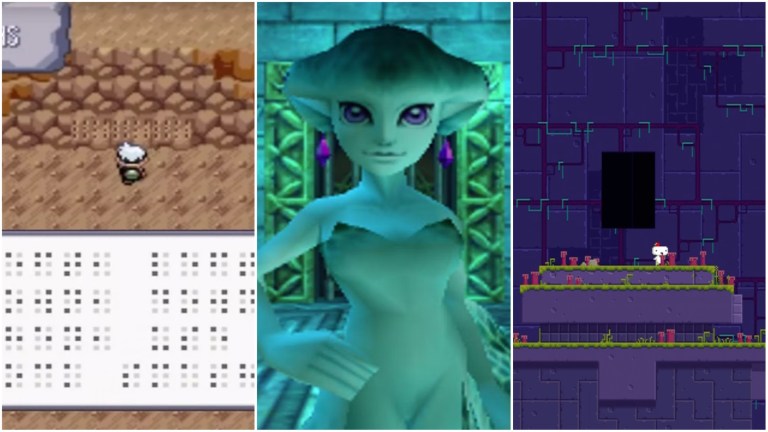
There’s nothing quite like the satisfaction of using clues or environmental hints to figure out a well-executed puzzle level in a video game. But as any gamer will tell you, the quality of video game puzzles varies dramatically. Some require no effort. A nearby wall might have a few numbers scrawled on it, and — surprise! That’s the code to open a locked door.
But then there are the puzzles that seem to have little or no logic governing them. Instead of just finding a code to open a locked door, you might need to complete a 10-step puzzle that damn near requires an advanced degree to solve. For those gamers who love to be truly challenged by their video games, here are the 15 hardest puzzles of all time…
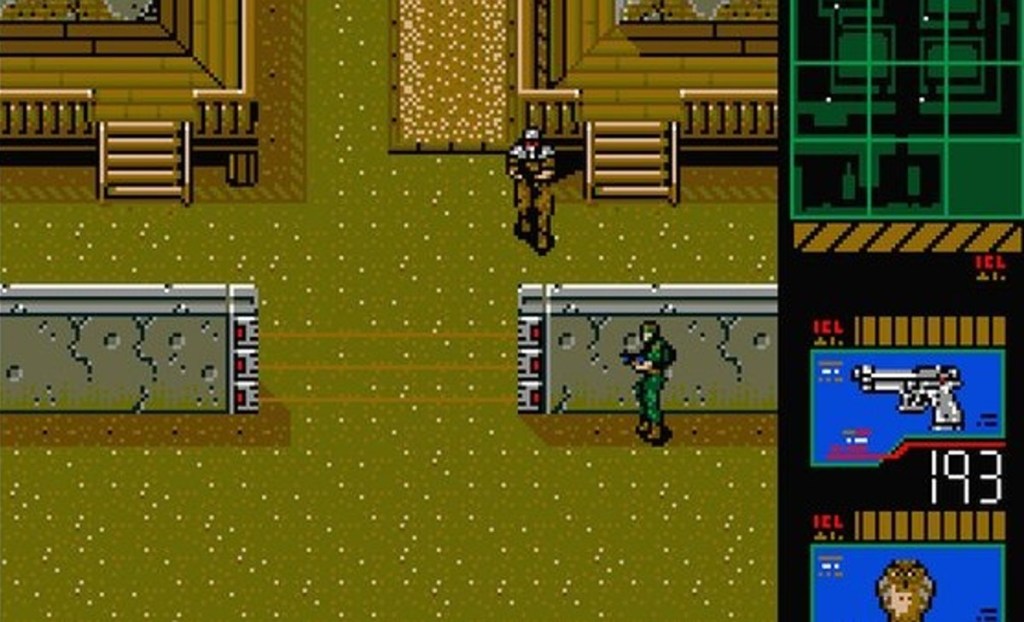
15. Hatching the Owl – Metal Gear 2: Solid Snake
Long before the Metal Gear series was known for its convoluted, barely coherent plot, it was known for its convoluted, barely coherent puzzles. Late into Metal Gear 2, Snake encounters an unbreachable laser fence. For some reason, the lasers are turned off at night, but Metal Gear 2 has no day/night cycle. So, what’s a super spy to do?
Well, a little later, Snake finds an egg. The egg soon hatches into an owl. Show the owl to a patrolling guard, who apparently has an IQ in the single digits, and he figures that it must be nighttime, so he might as well turn off the laser fence. It kind-of-sort-of makes sense once you figure it out, but the chain of events leading up to solving this puzzle require quite the leap in logic.
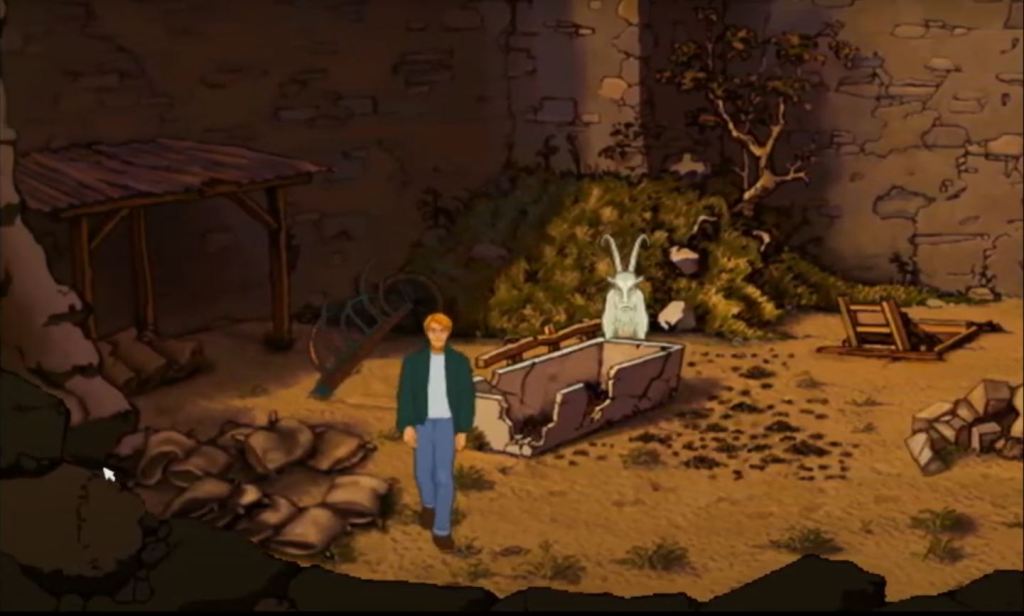
14. The Infamous Goat – Broken Sword: The Shadow of the Templars
Compared to most adventure games of the ‘90s, Broken Sword’s puzzles are actually pretty reasonable, they just require a bit of critical thinking. But that damn goat throws all that out the window. As you try to enter a castle, you meet a particularly belligerent goat who will butt you whenever you get too close.
Confusingly, the solution to this puzzle is to actually let the goat butt you, but as the goat heads back to its original location, you have to get up, and click on a nearby broken cart to ensure the goat gets tangled in it the next time it tries to attack you, thus clearing your path into the castle. It’s actually not the most difficult puzzle, it just strays so much from everything else that came before in the game, that it’s impossible not to overthink it.
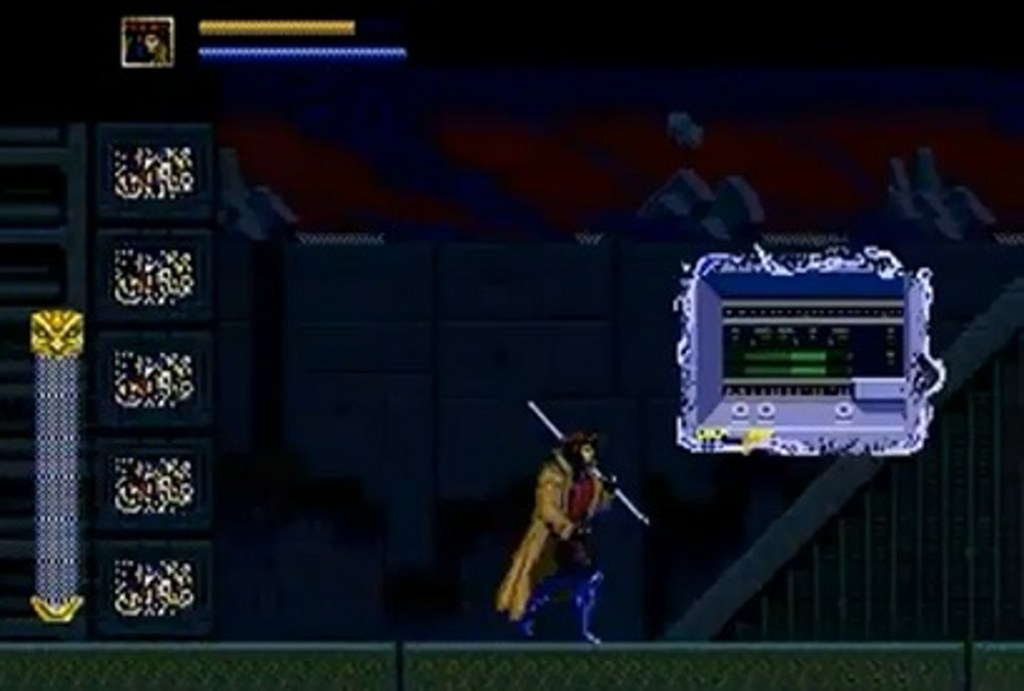
13. Reset the Computer – X-Men
X-Men for the Sega Genesis was a fairly typical licensed game of the era. Pick from four popular members of the team, beat up a bunch of generic enemies based on the comics, rinse and repeat until the end. Hundreds of games like this were released in the ‘90s, and X-Men would largely be a footnote if not for one confusing puzzle in the Mojo’s Crunch level.
You’ve defeated all the enemies, and the boss, and your only instruction to proceed is “resetting the computer” to reboot the danger room. That sounds simple enough, except there’s no computer to be found anywhere in the level. What this clue is really referring to is the reset button on the console. That’s right, you have to hit the physical, real world reset button on the controller to actually proceed in the game. It’s actually kind of brilliant when you think about it, unless, of course, you’re playing on an emulator that doesn’t have a reset feature, or the obscure Sega Nomad handheld, which also lacked a reset button. Then you’re just screwed.
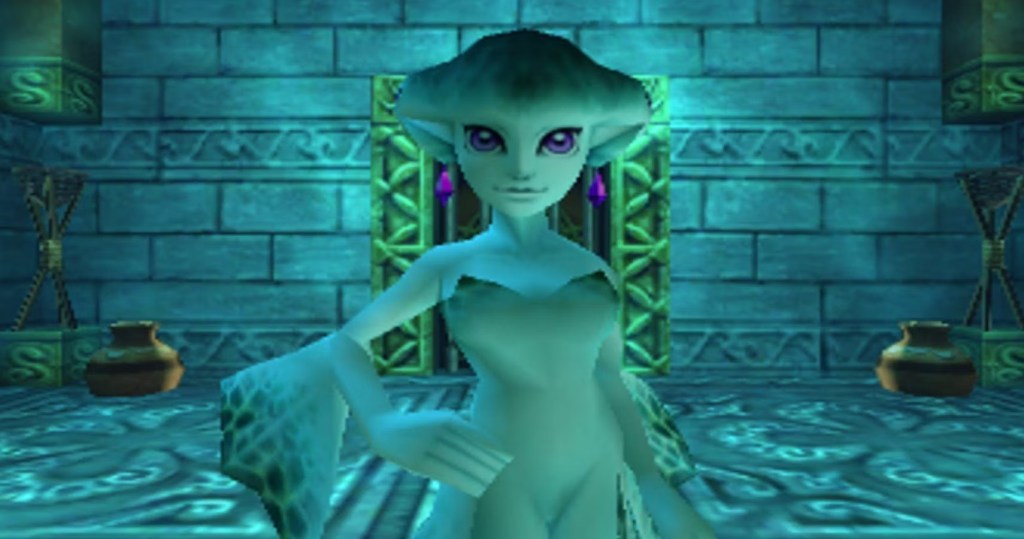
12. The Water Temple – The Legend of Zelda: The Ocarina of Time
Most ’90s Nintendo fans have flashbacks of their first trip to the Ocarina of Time’s labyrinthine Water Temple. There’s not one single part of the Water Temple that’s particularly frustrating, it’s more of a constant struggle with unwieldly and confusing mechanics. You have to regularly pause the game to put on or remove the iron boots to walk underwater. And then continuously raise and lower the water level to get to the next part. And if you do anything out of order, you’re right back at the beginning.
For an otherwise fair and beloved game, the Water Temple is a particularly grueling exercise in patience, and easily the weakest part of a title that’s widely considered a masterpiece. Nintendo did simplify this Zelda temple somewhat when it released a remake for the 3DS in 2011, but even that was only a slight improvement.
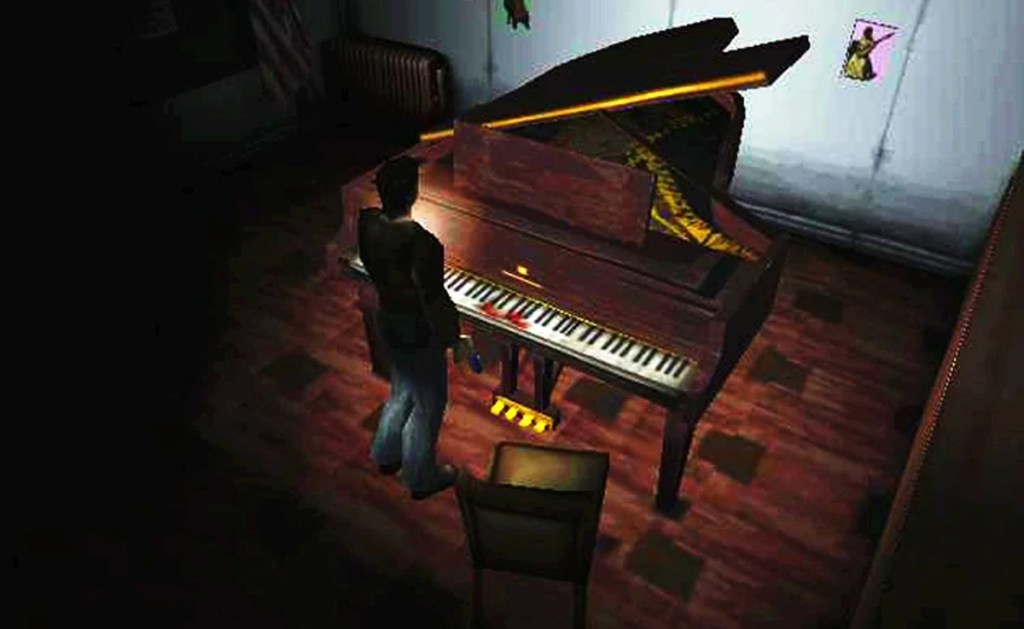
11. The Piano Puzzle – Silent Hill
When most gamers think of Silent Hill, they think of psychological horror or twisted undead terrors. But the series, particularly the early games, has always had a reputation for some especially difficult puzzles, too.
At one point in the first game, you’ll need two medallions to proceed. You know, standard survival horror game stuff. But the silver medallion requires playing piano keys in a specific order, and the only clue to know which keys to press is a poem called “A Tale of Birds Without a Voice.” Rather than having anything to do with actual music, you just have to figure out which black and white birds the poem refers to, and thus, the order of the keys. Yeah, it’s a pain.
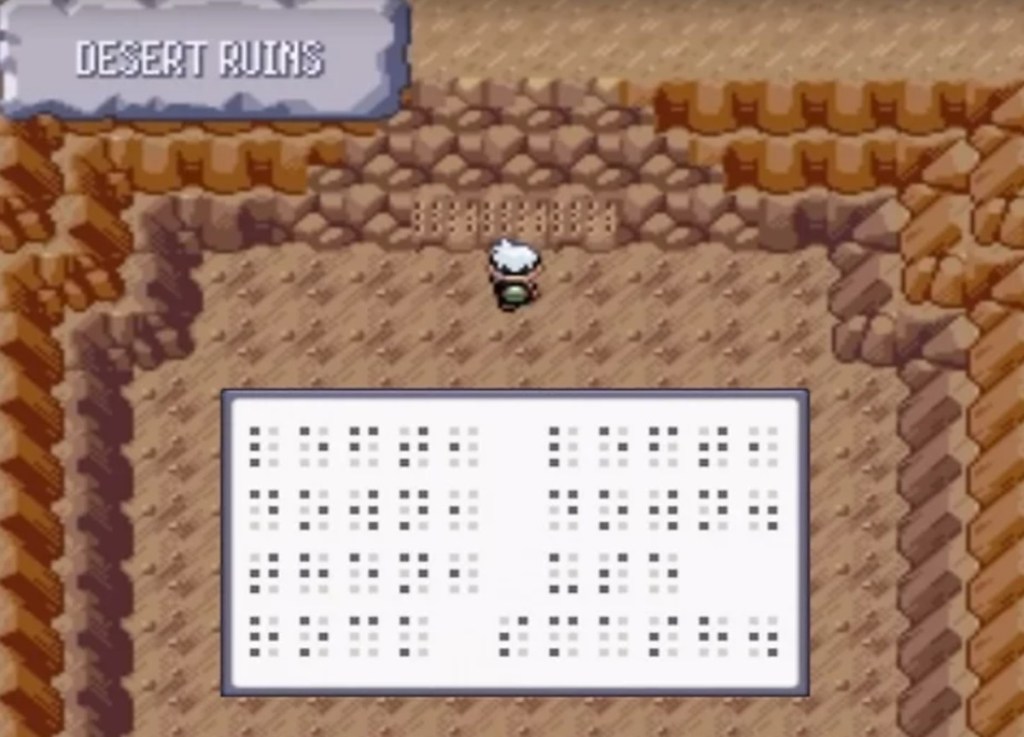
10. Braille – Pokémon Ruby and Sapphire
The Pokémon games are widely considered some of the easier RPGs out there, which it makes it all the more unusual that the third generation included a series of obtuse Braille puzzles to catch three legendary Pokémon. Yes, you can find a translation guide in one of the caves, but it’s not saved in your inventory.
Instead, to complete this frustrating puzzle, you’ll have to write down the entire Braille alphabet, follow obscure rules like having certain Pokémon in your party or using moves in places they shouldn’t work, and then you’ll finally catch ‘em all. Or, you could just look up the solutions online. Or, you know, just skip this part of the game completely since it’s mercifully optional.
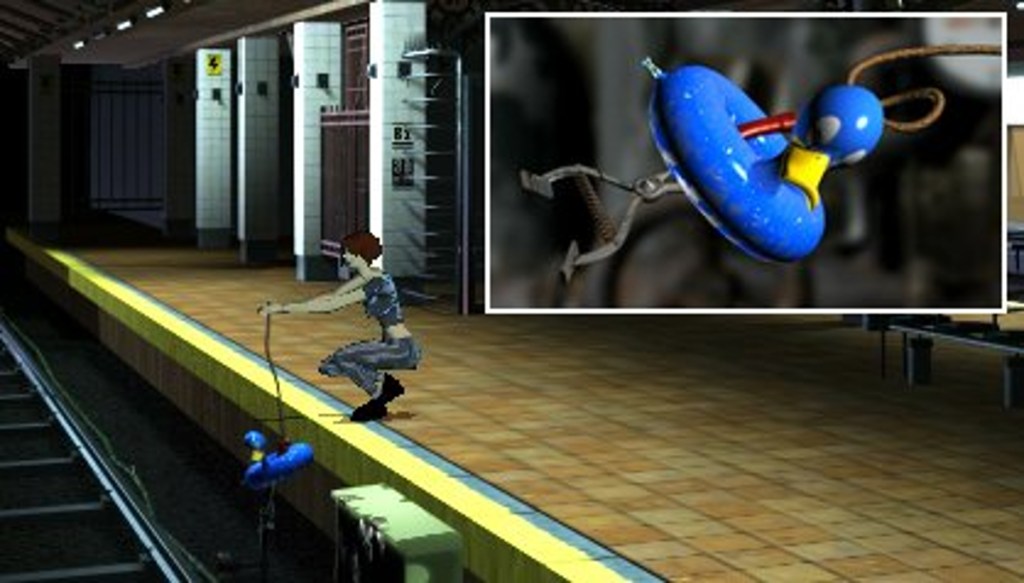
9. The Rubber Ducky – The Longest Journey
Picture this: you’re a young art student, and for some reason you need to get a key currently stuck on an electrified subway track. Now, the easiest thing to do would be to somehow shut off the power. Lacking that, you’d think there would probably be something nearby that doesn’t conduct electricity that would help you get the key. But that would make way too much sense in The Longest Journey.
Instead, you’re supposed to go back your apartment, use a ring to get a clamp from a water pressure system, throw bread crumbs so that a seagull outside will damage a rubber ducky near your apartment window, collect a clothesline, go back outside to get the rubber ducky, then put the whole thing together to craft a makeshift fishing pole to go back and collect the key. How that made sense to anyone outside the development team is a complete mystery.
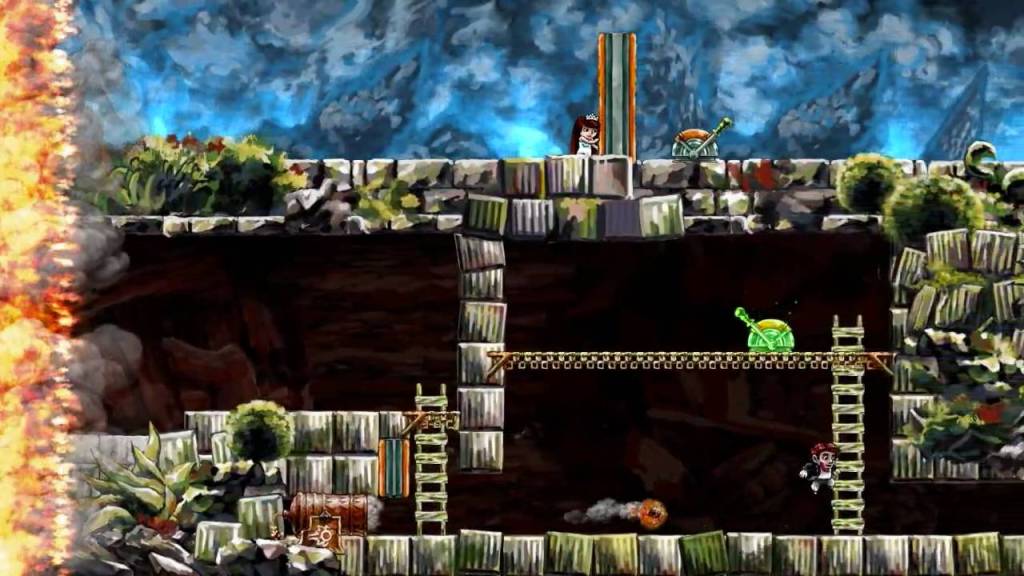
8. The Hidden Ending – Braid
Braid is a classic indie game full of tough-but-fair time bending puzzles. Yes, a few of the main game puzzles are tricky, but really nothing comes close to some of the entries on the list. The real challenge comes from collecting the eight stars hidden throughout the game.
The game doesn’t even give you a hint that these stars exist. Most are hidden off-screen and require quick reflexes or other arcane feats. To collect one star, you’re going to have to wait more than an hour. Frankly, it’s probably a better use of your time to just look up the hidden ending on YouTube.
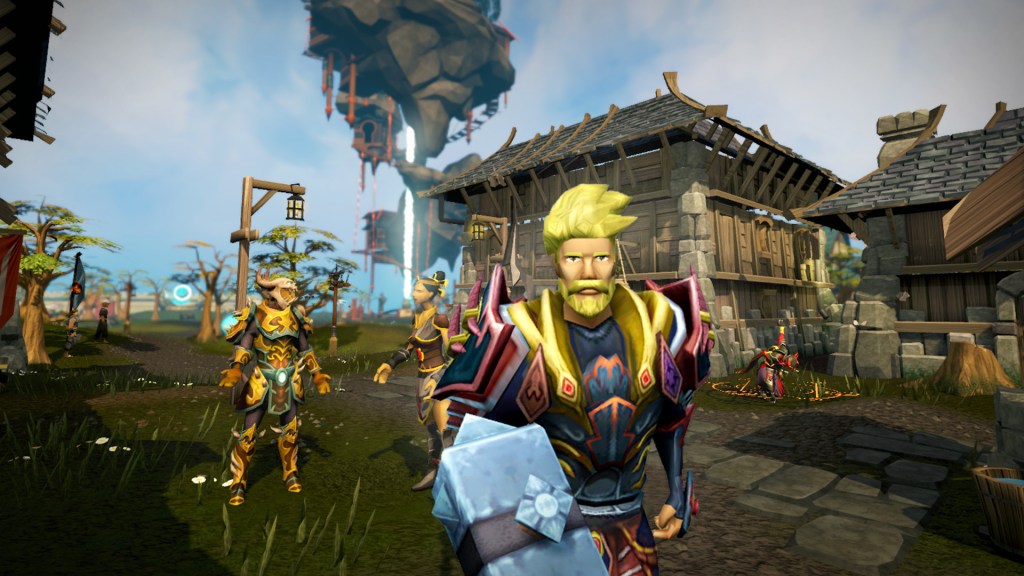
7. The Deaf Prisoner – RuneScape
In the real world, it’s fairly simple to communicate with deaf people. Sign and written languages have long been key. But old school video game logic could never be so simple. At one point in RuneScape, you’re tasked with finding an infamous pirate, and the only person who has this info is a deaf prisoner. It turns out that getting thrown in jail is just as easy in video games as real life, but from there, things take a turn for the bizarre.
You have paper and ink, but instead of just writing the prisoner a note, you first have to get covered in fish stew for some reason, end up in the prison yard, stuff paper and ink into an accordion that also shows up for some reason, and then use that to magically create a vacuum pump. Oh, and then you use your new vacuum pump to catch a seagull and then launch that at the prisoner to get his attention. None of it makes any sense, and has arguably not aged particularly well…

6. The Babel Fish Vending Machine – The Hitchhiker’s Guide to the Galaxy
While the number 42 might be the answer to the ultimate question of life, the universe, and everything, puzzles in the classic text adventure based on The Hitchhiker’s Guide to the Galaxy series of books require significantly more complex solutions. Early in the game, you’ll find that you need a Babel Fish to translate the Vogon language. Fortunately, you can buy one out of a vending machine.
Unfortunately, attempting to purchase a Babel Fish without taking the proper steps first will result in it promptly falling down a nearby drain, being snatched up by a cleaning robot, or facing some other unusual fate. Oh, and the machine only has five Babel Fish, so if you don’t figure the puzzle out fast, you won’t be able to proceed much further, and you’ll just have to restart the game. Yeah, it’s absurdly unfair.
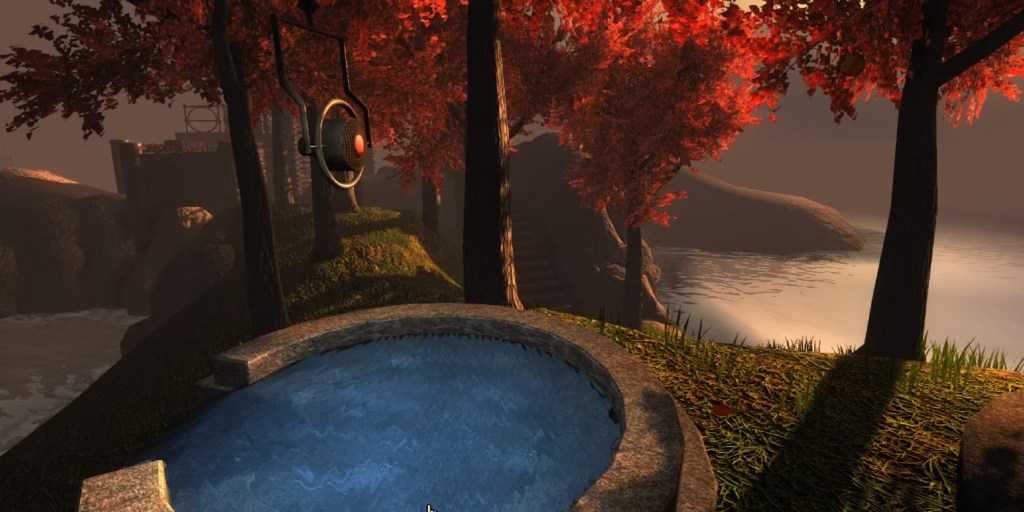
5. The Selenitic Age – Myst
Myst introduced the world to prerendered graphics and FMV at the dawn of CD-ROM drives. That helped it became the best-selling PC title of the ’90s, spawning multiple sequels and remakes since then. There’s really no denying its place as one of the most important entries in video game history.
It also happens to be full of nonsensical puzzles that will make you want to throw the disc out a window. The Selenitic Age is particularly annoying, requiring you to find and record various sounds, play them back in order, and then traverse a maze that can only be navigated by sound (or, you know, a strategy guide).
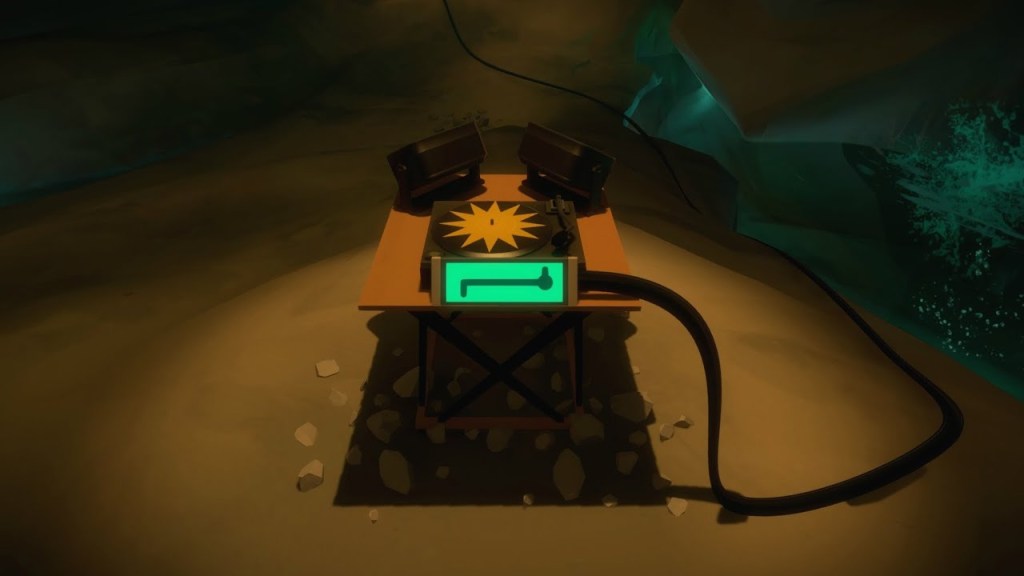
4. The Challenge – The Witness
Jonathan Blow’s puzzle game follow-up to Braid follows similar rules as its predecessor. Its hundreds of puzzles, all of which involve drawing paths on grids, are often difficult, but you can usually figure them out given enough time. And like all the other puzzles on this list, if you really get stuck on something, you can always look up a solution online.
But the optional gauntlet known as The Challenge breaks those rules. A timer starts. You have to complete 14 puzzles, and they’re all randomly generated. If you try to pause the game to figure things out, the timer resets. There’s no cheating here, no shortcuts, it’s just you using everything you’ve learned throughout the rest of the game to conquer its ultimate challenge. Unsurprisingly, only a small percentage of The Witness players ever complete it.

3. Shakespeare’s Stanzas – Silent Hill 3
Because absolutely no one demanded it, Konami decided to incorporate a puzzle in Silent Hill 3’s hard mode based around the most obnoxious parts of AP high school English and math classes. You start off finding a poem that makes reference to several of Shakespeare’s works, and the order of the stanzas indicates the order that books are supposed to be placed on a shelf.
We’re not all English majors, but honestly, that first part isn’t so difficult for most people. Except one of the stanzas also obscurely hints that you’re supposed to multiply the volume numbers of some of the books to get the correct code. It’s just a maddeningly difficult puzzle, even for a game’s hard mode.

2. The Black Monolith – Fez
Fez is a unique indie puzzle platformer about collecting cubes by changing the 2D perspective of a 3D world. Even a decade after its release, it feels incredibly innovative, and few other developers have ever tried to emulate it. It’s also known for being a fairly difficult game, and The Black Monolith puzzle stands out because, even a decade after release, no one is really sure about the logic behind its solution.
First, you need to beat the game and start a New Game+, which unlocks the ability to view the world in first-person. This allows you to solve a new puzzle and obtain a button code to reveal the infamous black monolith. Players were told from the start that this would lead to the final super secret red cube, but it wasn’t clear what they were supposed to do after that. The development team started giving out hints and the community eventually brute forced a solution after more than 60,000 attempts: press Down Down LT RT RT A Up to get the red cube.
How were players supposed to get that? Well, various theories have been bandied about that the code was based on obscure pre-release information, the layout of candles in various rooms, or that it was all just a ploy to get the community to work together to come up with the solution. Maybe the real red cube was the friends we made along the way.
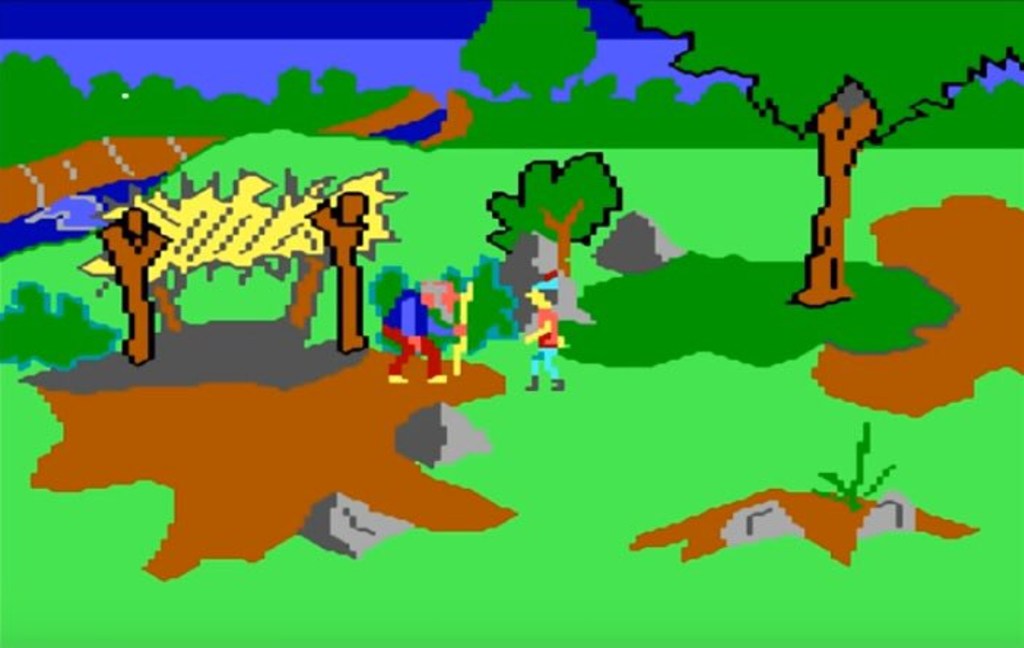
1. Name the Gnome – King’s Quest
There are difficult puzzles, and then there’s whatever the hell the developers of King’s Quest were thinking. Unlike the Black Monolith, we actually know the logic behind this solution, but it’s so mind-bendingly frustrating that it barely makes a difference. When you come across a gnome that requires you to guess its name, your first instinct if you grew up listening to fairy tales is of course going to be “Rumpelstiltskin.”
Guess that in King’s Quest though, and you’ll be wrong. But the game does give you a hint, “think backwards.” Most players at this point would type in “Rumpelstiltskin” backwards. Wrong again.
No, the real solution is to reverse the entire alphabet, then use that to guess the gnome’s name. The real answer is “Ifnkovhgroghprm.” What sense does that make? Well, first you have to translate the entire alphabet backwards, and then use that to name the gnome. This stupid puzzle stumped so many people over the years that when King’s Quest was remade in 2001, the answer was just changed to “Rumplestiltskin” spelled backwards.
